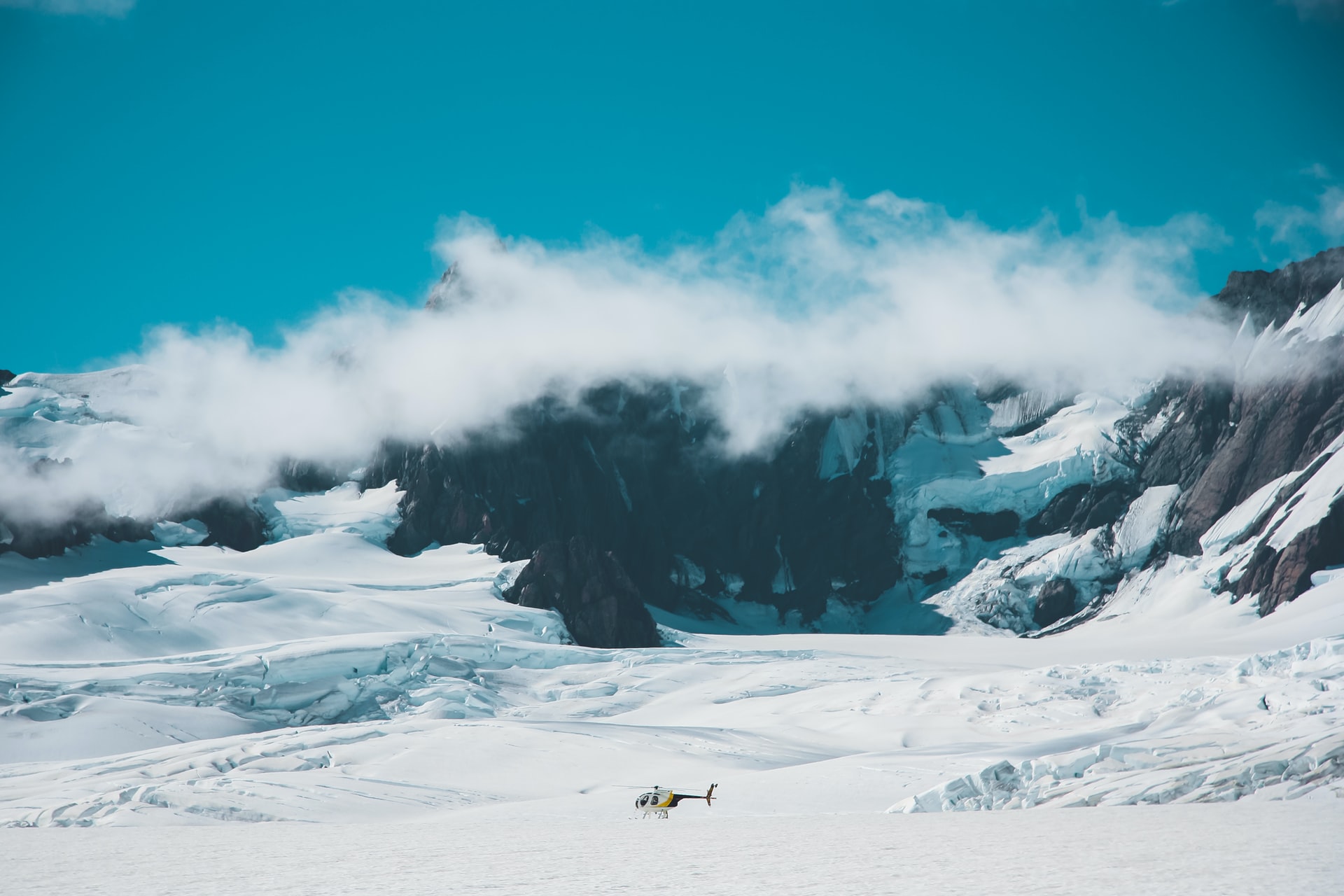Media release
From:
Global glacier mass loss during the past two decades has accelerated, according to a study published in Nature. The estimates, based on high resolution mapping of over 200,000 glaciers (nearly all glaciers on Earth), have notably reduced uncertainties compared to the latest IPCC report and recent global studies. Understanding how glaciers melt over time, and how this modifies regional hydrology and contributes to rising sea levels, can help to improve models that predict future changes and could inform strategies to manage water resources and mitigate sea-level rises.
Romain Hugonnet and colleagues analysed a diverse archive of satellite and aerial imagery — primarily relying on half a million satellite stereo images — to study mass changes of individual glaciers. The researchers then estimated the change in surface elevation (the height above sea level) of the 217,175 glaciers inventoried worldwide, excluding ice sheets, across the first 20 years of the twenty-first century. They validated their estimates with available independent, high-precision measurements and calculated the volume and mass change of individual glaciers. The authors estimate that, between 2000 and 2019, glaciers lost on average a total of 267 gigatonnes of mass per year, accounting for 21% of the observed sea-level rise. Glacier mass loss has been accelerating at 48 gigatonnes per year each decade since 2000, which could explain 6–19% of the observed acceleration of sea-level rise. The reduction in uncertainties surrounding glacier mass loss, relative to previous work, provides heightened confidence in the quantification of regional patterns, underlying climate drivers, and the estimated rate of accelerated mass loss, the authors conclude.



 New Zealand; International
New Zealand; International



